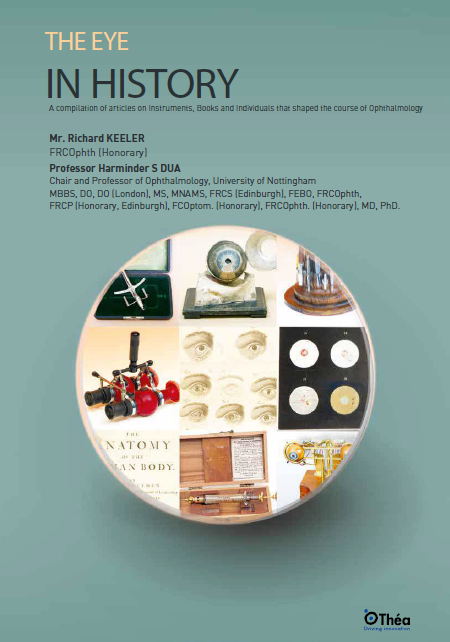
Théa Medical Library
A unique collection of books which deals with various topics and pathologies in collaboration with recognized international ophthalmologists who are leading experts in their fields.

Welcome to Thea Medical Library – your trusted ophthalmology medical library, offering a unique digital collection authored by leading international experts.
Thea Medical Library is a digital medical library carefully curated by Théa to support professional education in ophthalmology. It features high‑quality, richly illustrated books and clinical guides written in collaboration with renowned international ophthalmologists. Topics span critical areas such as OCT & glaucoma, chronic corneal ulcers, eyelid and conjunctival tumors, and the historical evolution of ophthalmic instruments and treatments.
Available through Théa Academy, the Medical Library empowers eye‑care specialists—from trainees to seasoned practitioners—to stay informed with the latest clinical developments and historical insights.


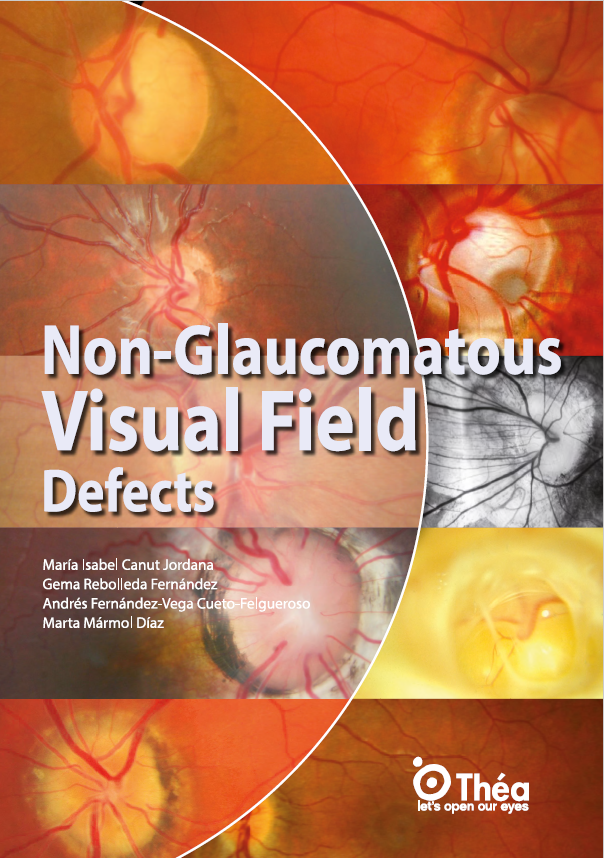
Non glaucomatous visual field defects
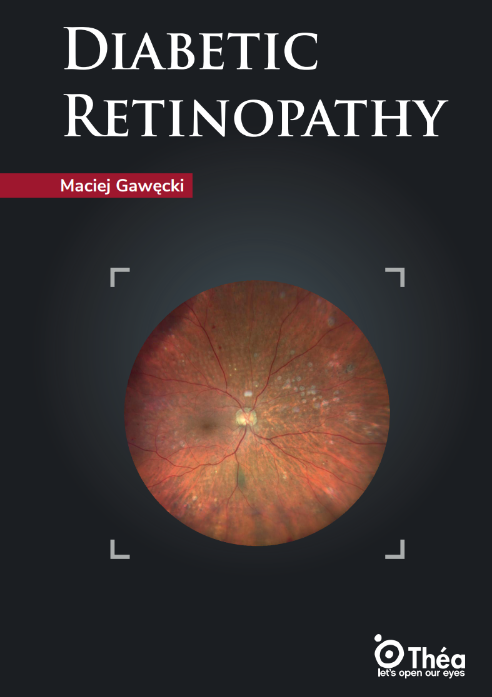
Diabetic Retinopathy
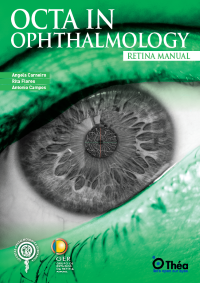
OCTA in ophthalmology
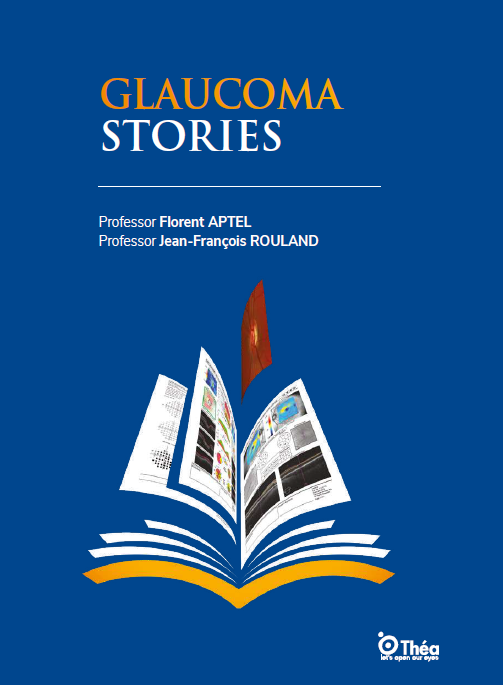
Glaucoma stories
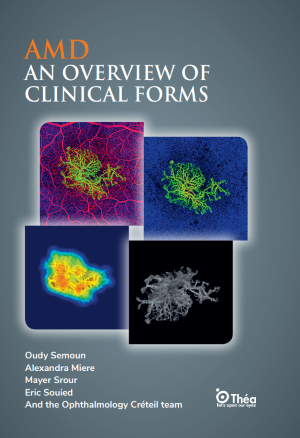
AMD an overview of clinical forms
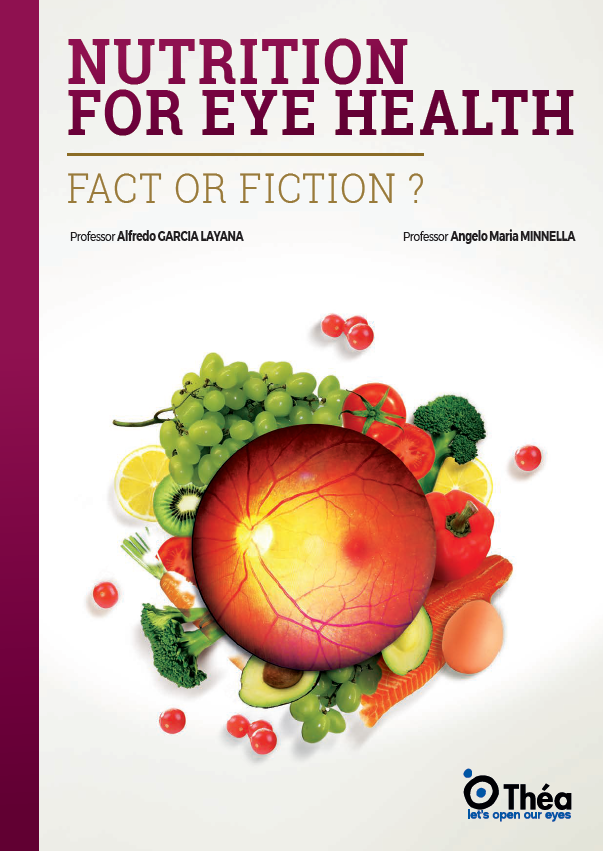
Nutrition for eye health
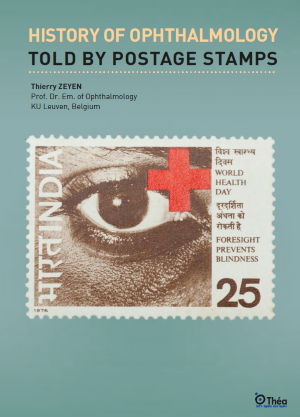
History of ophthalmology told by postage stamps
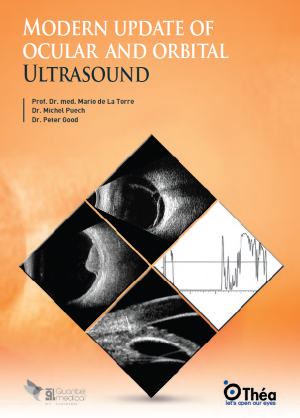
Modern update of ocular and orbital ultrasound
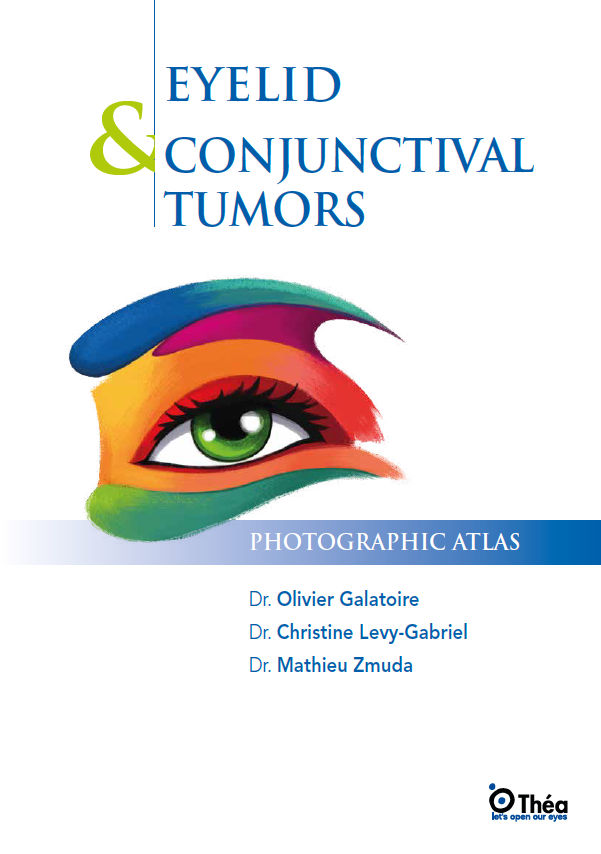
Eyelid and conjunctival tumors: a comprehensive guide for ophthalmologists
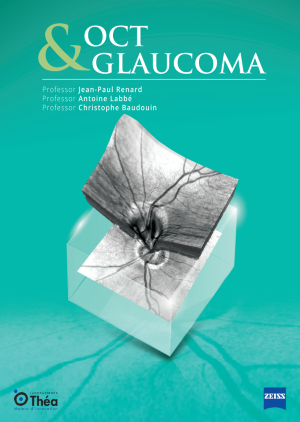
OCT and glaucoma: leveraging imaging for early diagnosis and management
